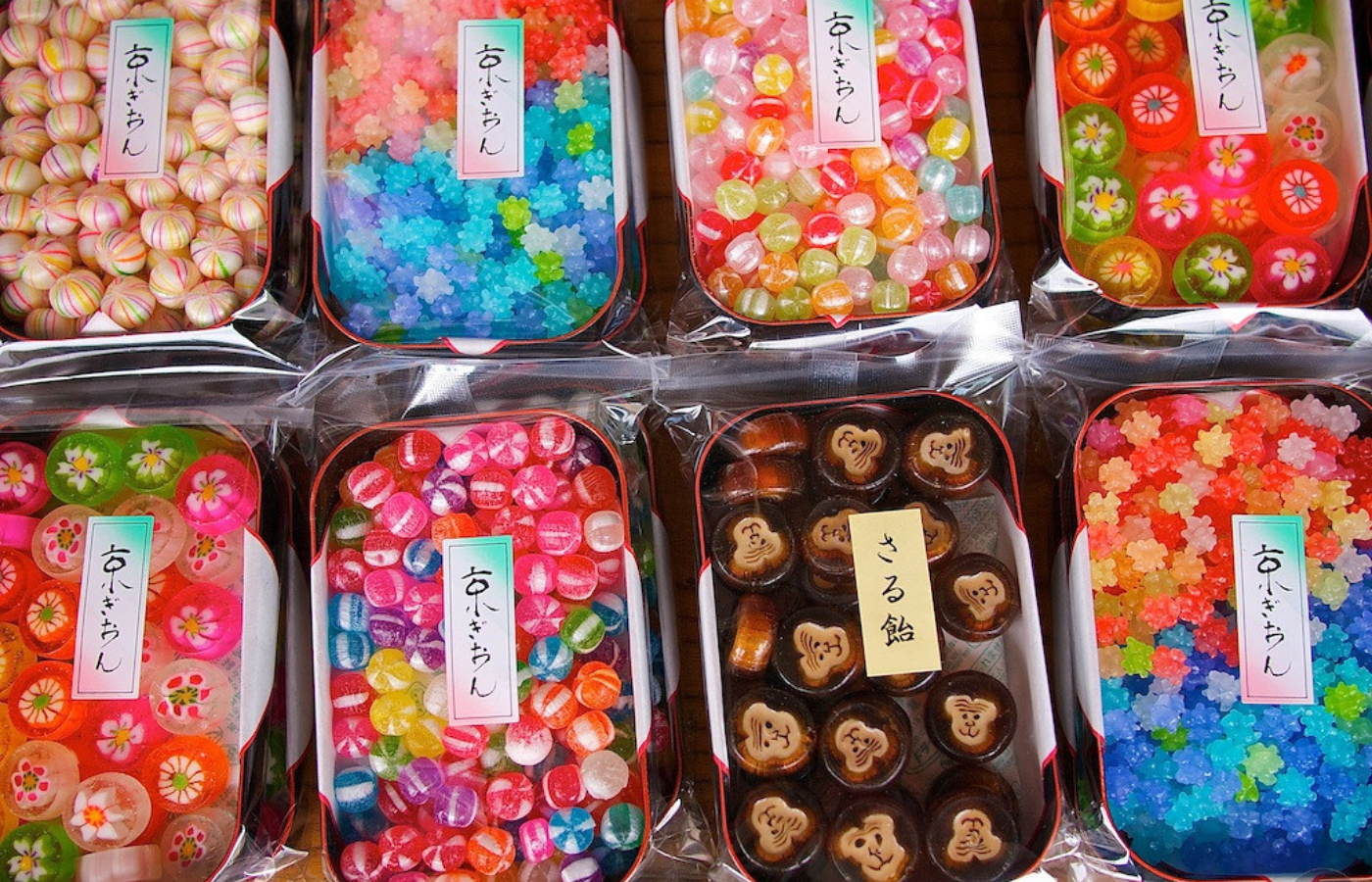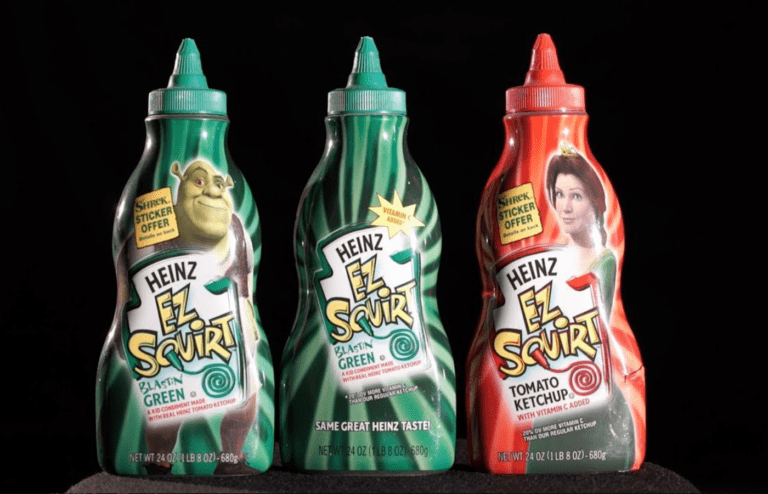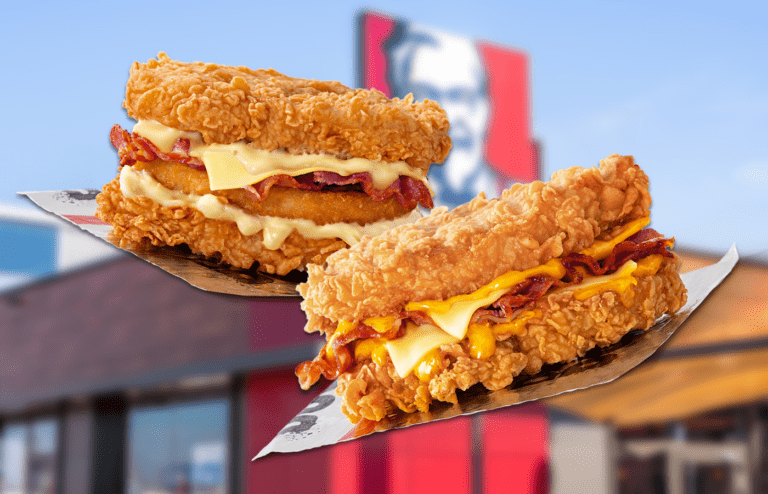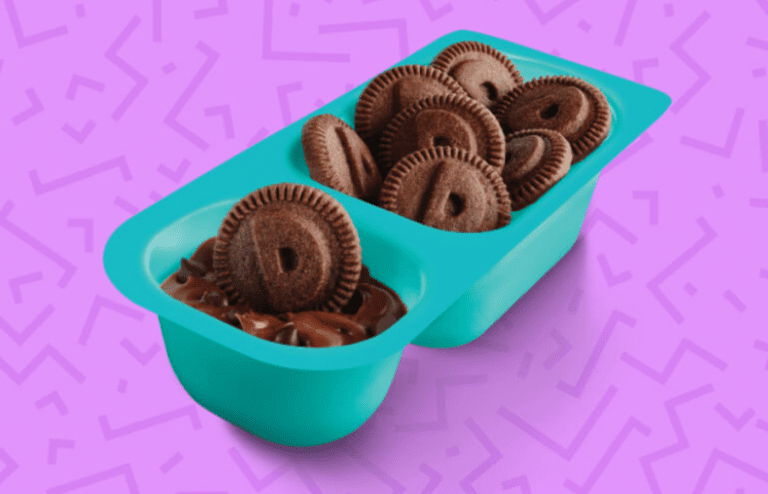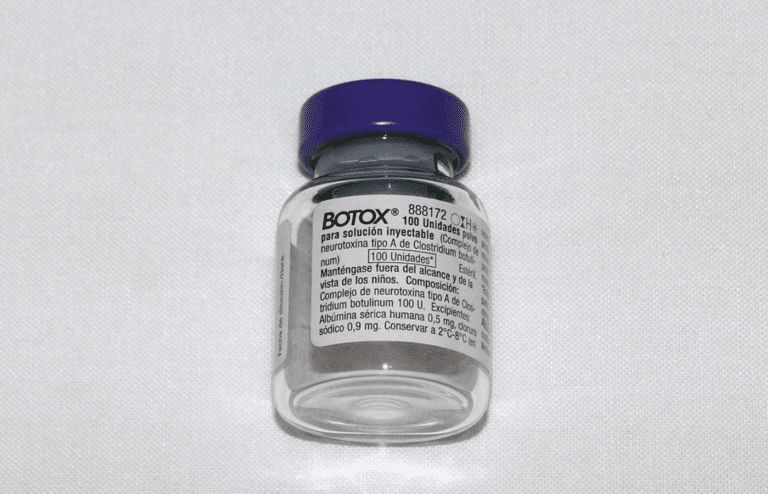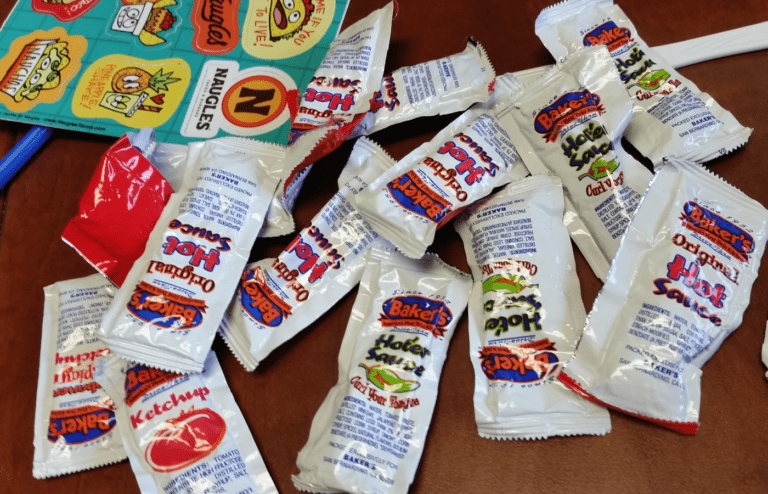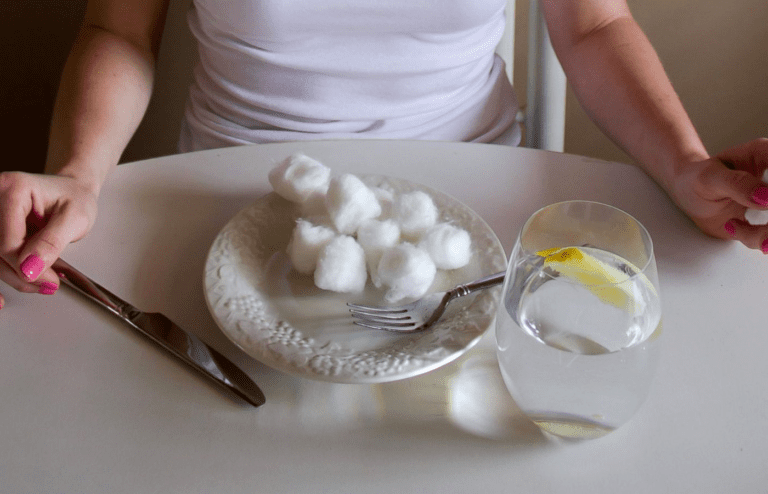Once upon a time, our grocery shelves were packed with colorful, flavorful, and ultra-processed goodies powered by science—or at least, what we thought was science. However, as the years passed and research caught up, many of those once-beloved food additives got the boot.
These additives were everywhere, from dyes that turned snacks neon to preservatives that kept Twinkies fresher than your fridge. That is, until regulators decided they were better left in the lab than on our plates.
15. Potassium Bromate
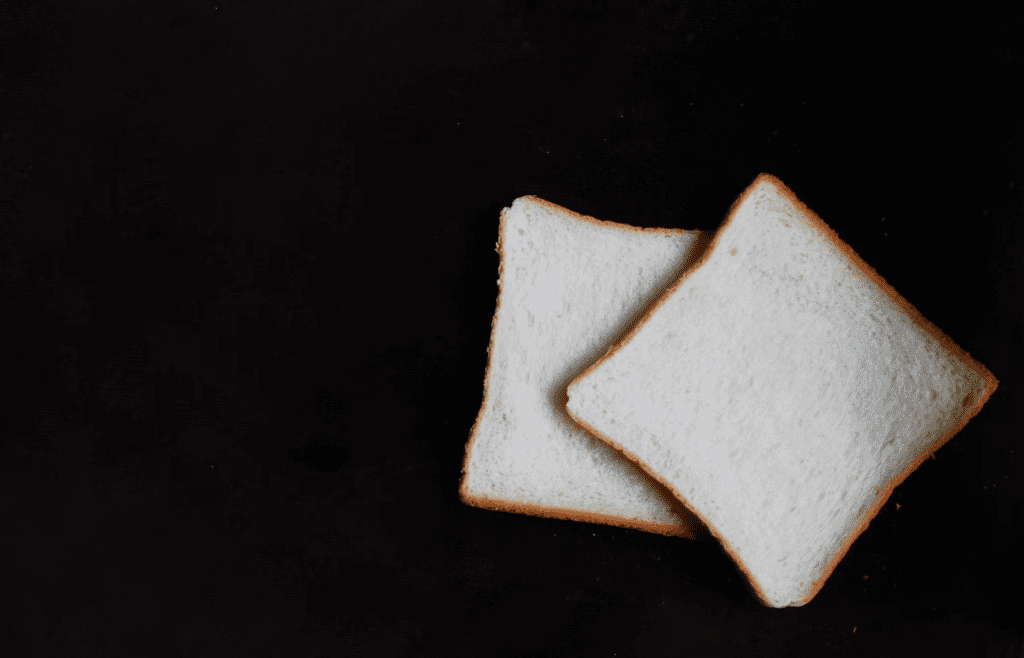
This dough enhancer made bread puff up nicely and fluffy, but it came with health concerns. Several countries banned it long ago, and eventually, regulators decided the risks weren’t worth the fluff.
14. Red Dye No. 2
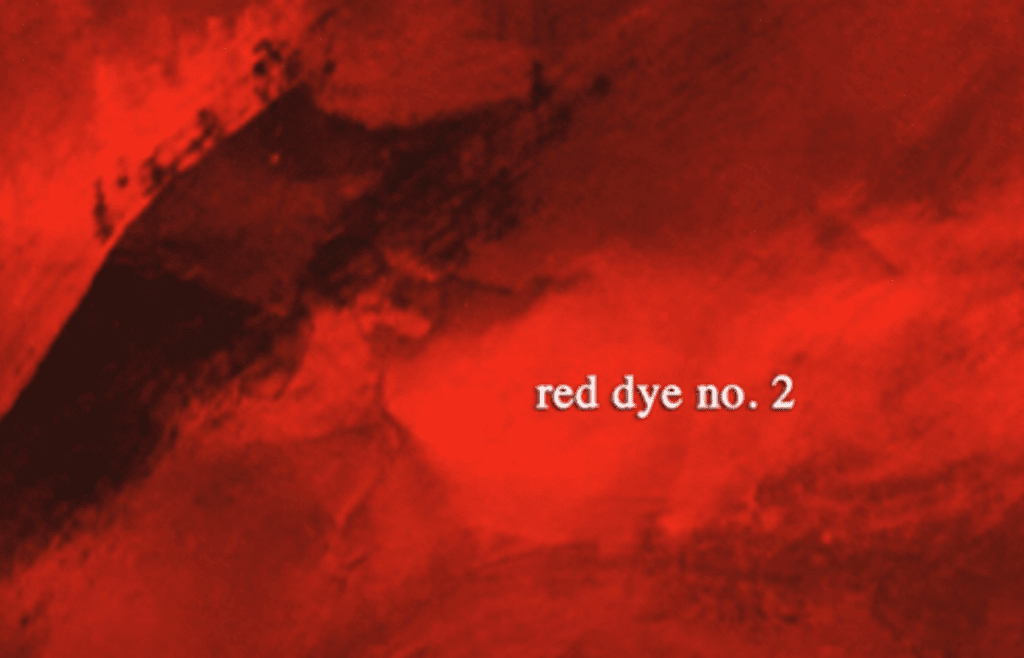
It gave candies and drinks that bold, cherry-red hue, but didn’t exactly pass the safety test. Once studies started raising red flags, it was yanked from shelves.
13. BHA (Butylated Hydroxyanisole)
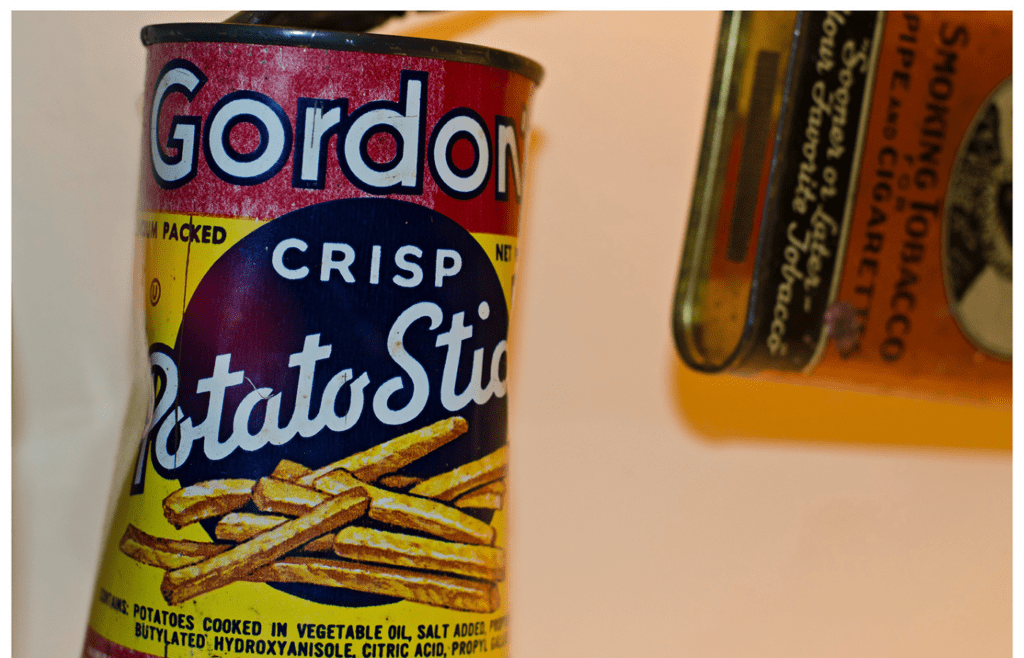
This preservative helped keep chips and cereals from going stale too soon. However, it was removed from many products once it showed potential links to health issues.
12. Azodicarbonamide

If you’ve ever eaten a super soft sandwich bun, you’ve probably had a bite of this “yoga mat chemical.” That nickname stuck a little too well, and so did the European bans.
11. Cyclamate
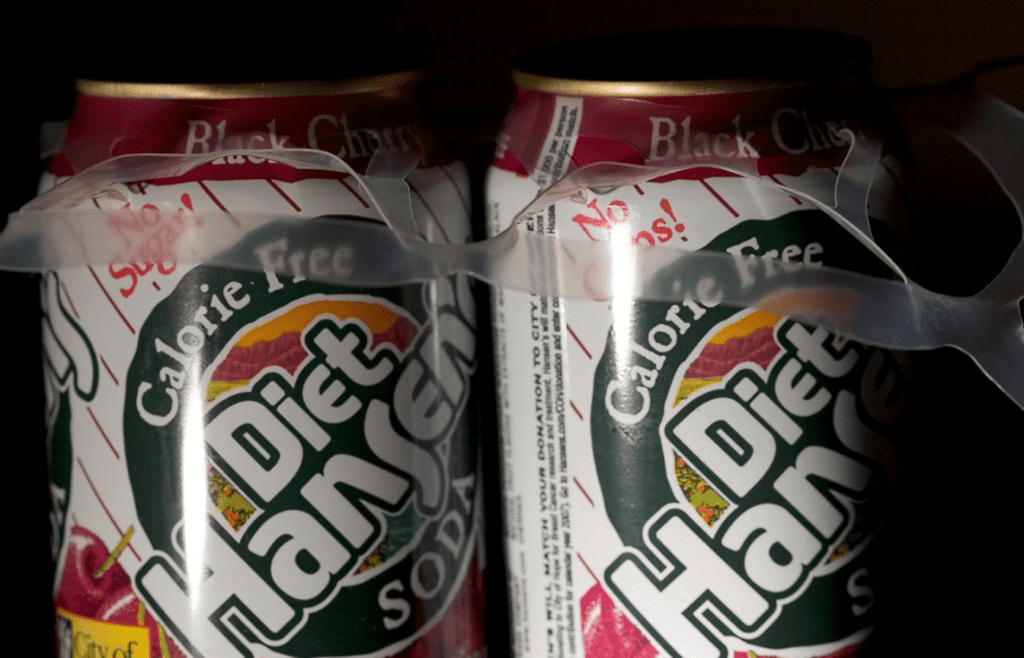
This early artificial sweetener was a big deal in diet sodas until it wasn’t. After some concerning lab results, it quickly lost its sweet spot in the market.
10. Olestra
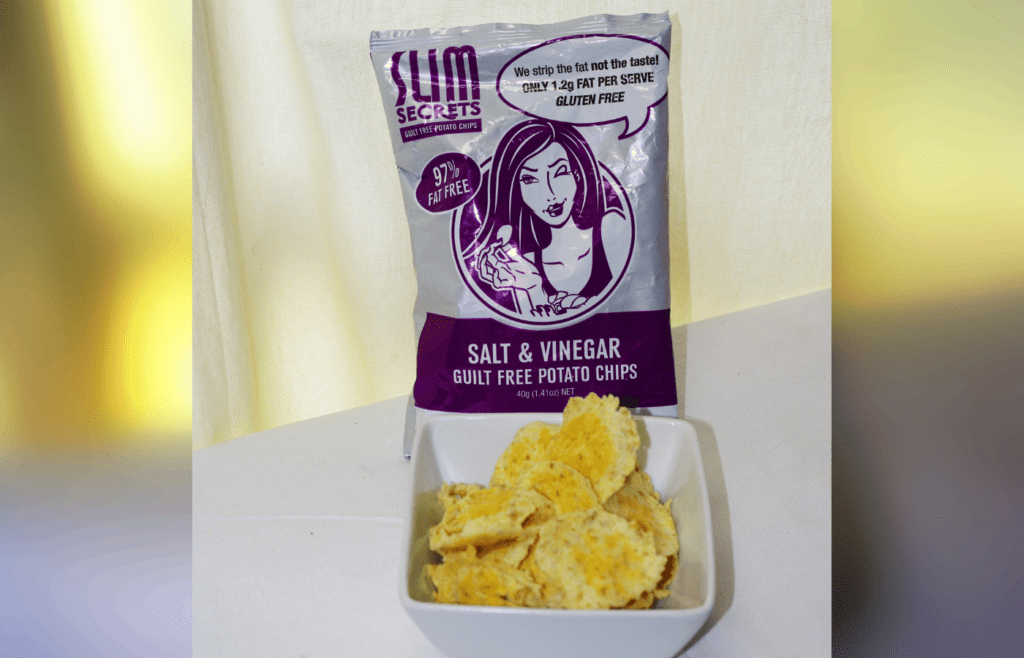
Marketed as the miracle fat-free fat, Olestra promised guilt-free chips. Unfortunately, it also promised… digestive adventures no one signed up for.
9. Propyl Paraben
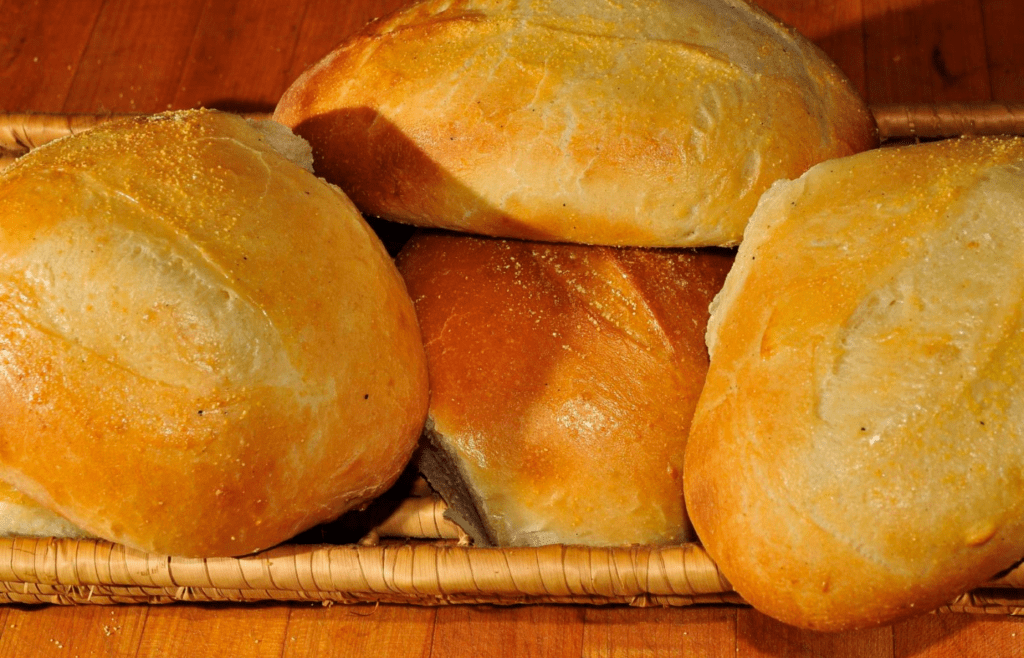
It kept baked goods fresh longer and raised eyebrows for its potential hormone-disrupting properties. Eventually, many countries decided it was safer to say goodbye.
8. Blue 1 and Blue 2 (in certain countries)
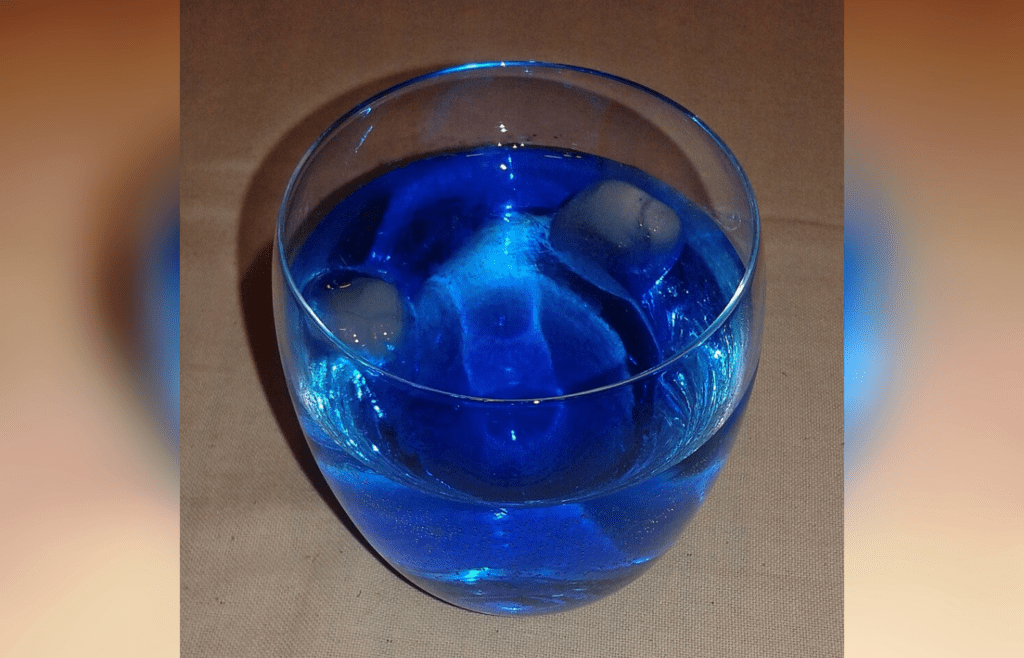
These bright blues were the life of the party in candies and cereals. However, not everyone loved what the research hinted at, leading some countries to ban them altogether.
7. Brominated Vegetable Oil (BVO)
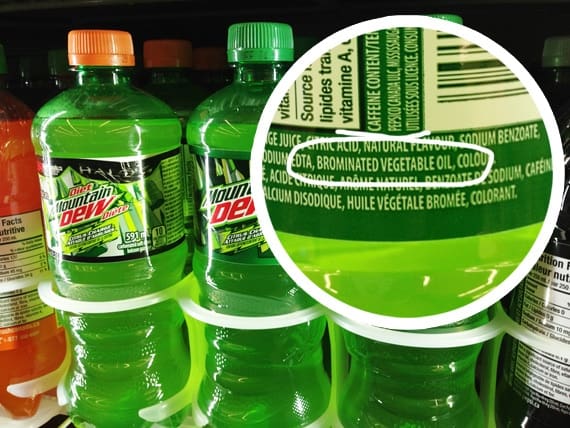
Once a staple in citrus-flavored sodas, BVO helped keep ingredients from separating. Then people realized it was also used in flame retardants, and the vibes turned sour.
6. Lead Acetate
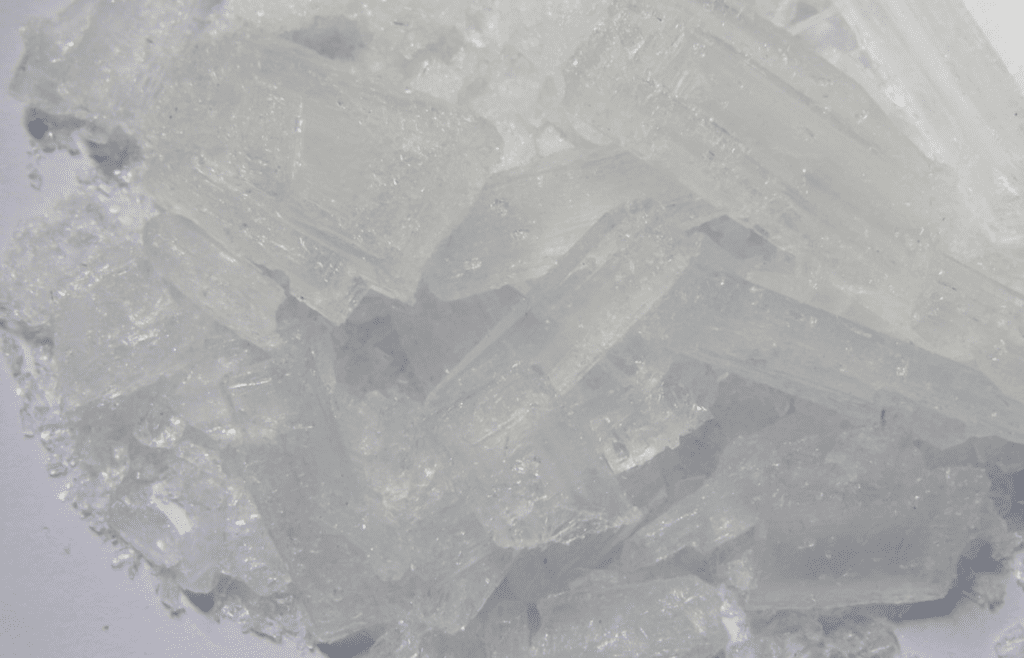
Used in food centuries ago as a sweetener (yes, really), lead acetate was banished once people realized lead is a terrible idea for everything. Not the best throwback ingredient.
5. Formaldehyde
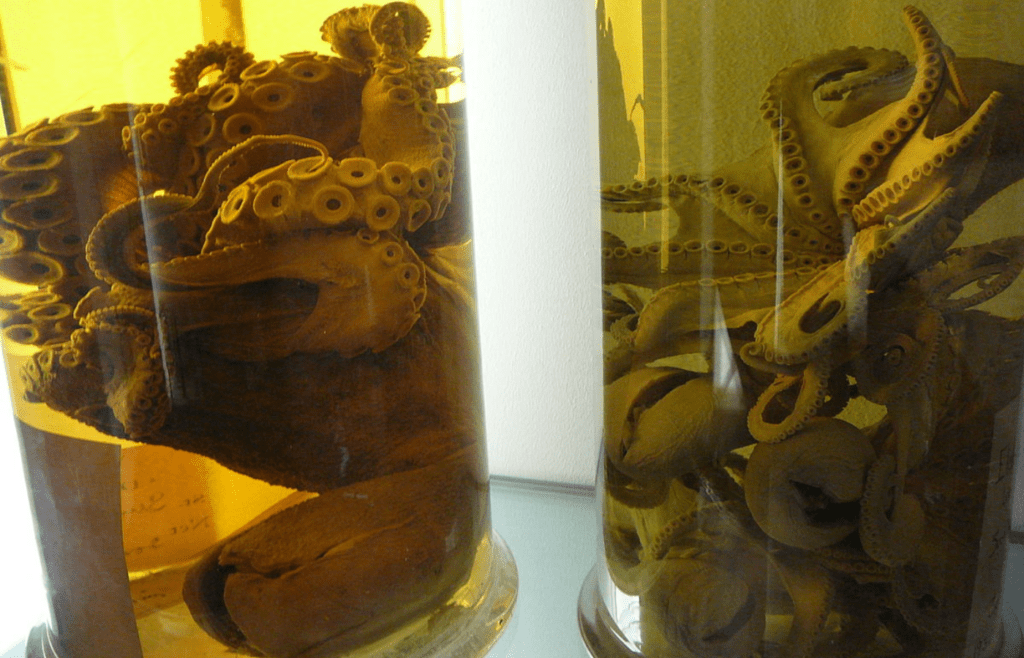
It was once used in food preservation because it could stop bacteria dead in their tracks. Unfortunately, it could also do the same to your insides in large amounts, so out it went.
4. Rhodamine B
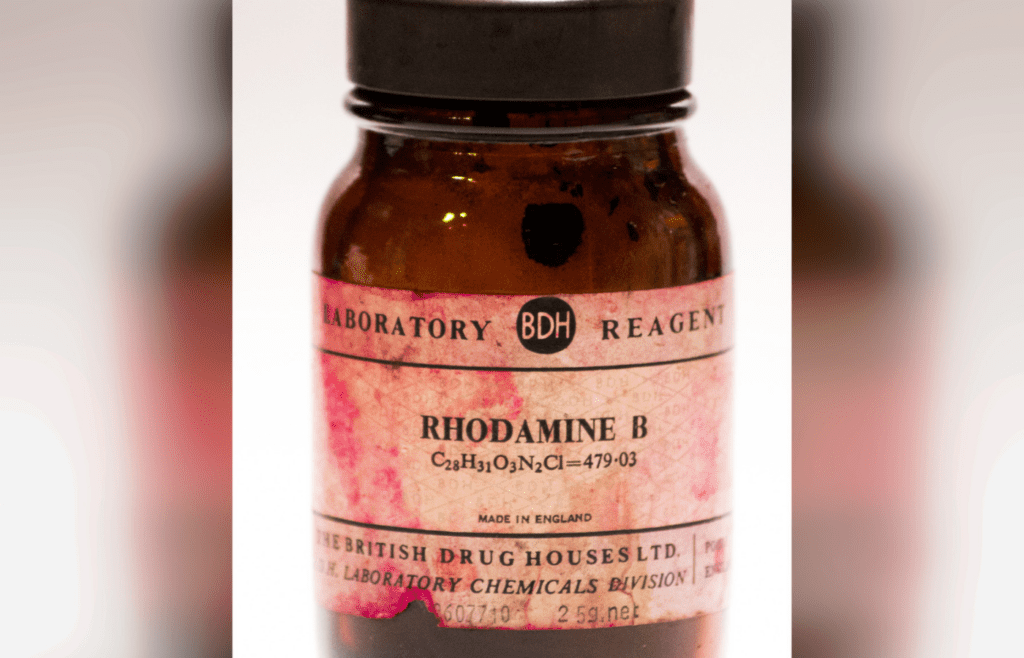
This dye added pink drama to foods and drinks, posing many health risks. Countries eventually stopped using it for good.
3. Sudan Dyes
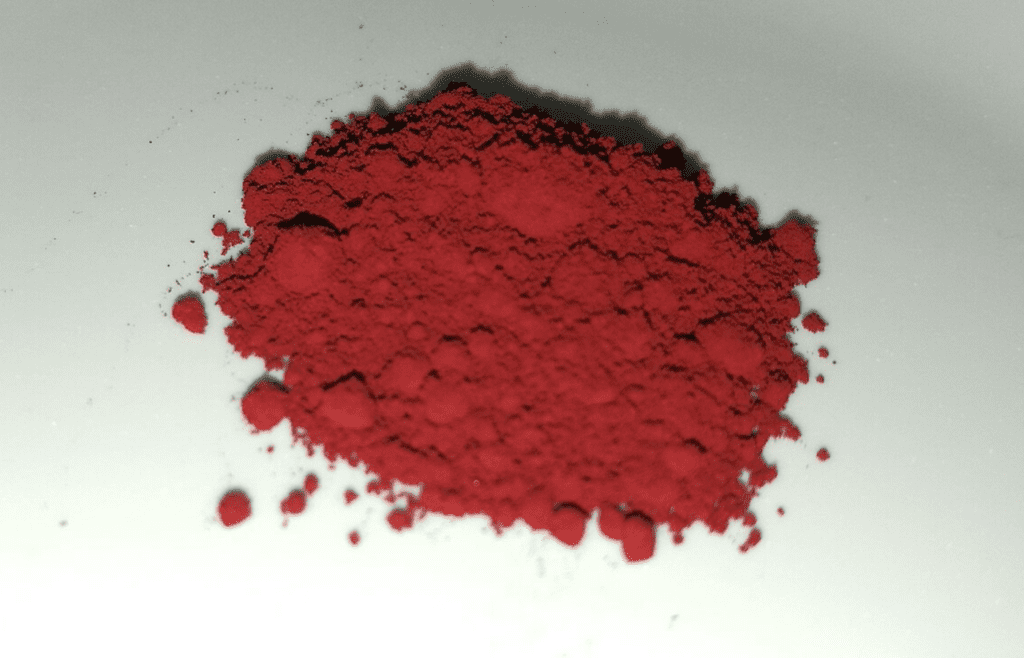
Used to make food look more vibrant, these dyes were more suited for industrial paints. That’s precisely where regulators decided they belonged.
Read More: 15 Things We Used to Eat That Are Now Banned
2. Coumarin

Found naturally in some plants and used to flavor foods like candy and liqueurs, coumarin had a charming taste but a risky reputation. Once it raised liver toxicity concerns, it was officially cut.
Read More: 10 Popular Snacks That Contain Ingredients Banned in Other Countries
1. Aldicarb
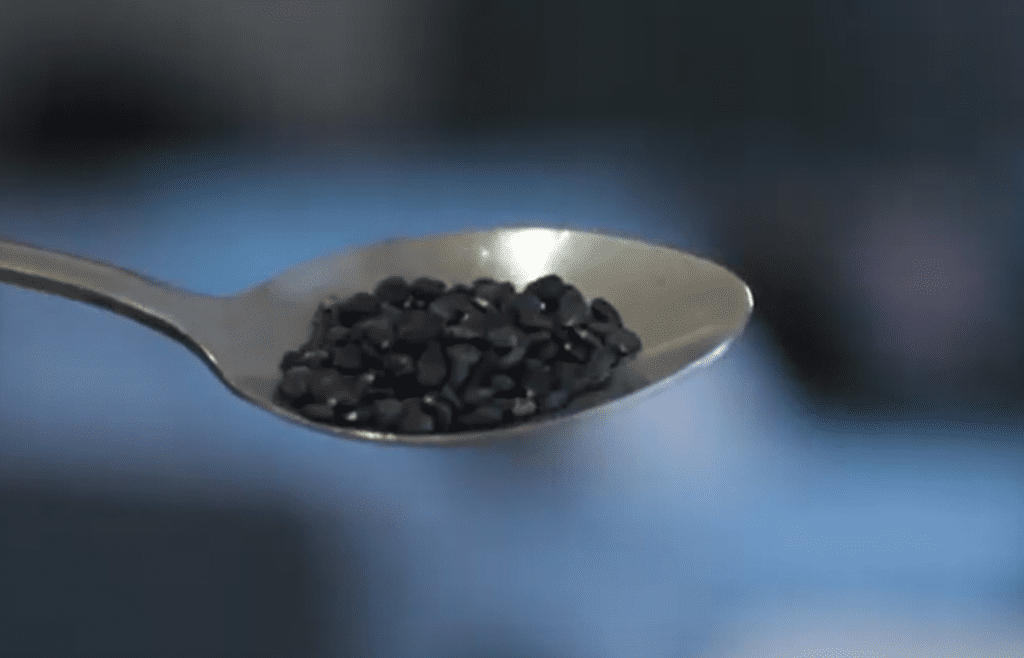
This pesticide snuck into some citrus and melon peels and caused enough illness to earn a spot on the banned list. Nothing like a side of nerve poison to ruin your fruit salad.
Read More: What You Need to Know About the FDA’s Ban on Red Dye No. 3

